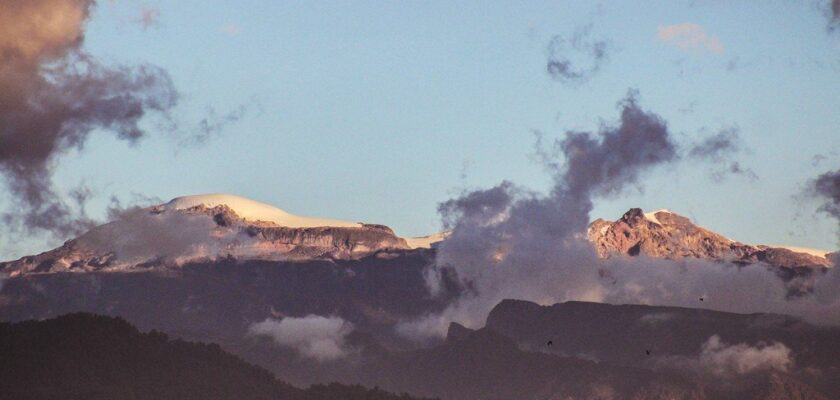Nevado del Ruiz
Nevado del Ruiz is the highest active volcano of the Andes, one of the most dangerous on the planet. Nevado del Ruiz is located in the territory of Colombia. The giant stratovolcano is 5,321 meters high and lies within the boundaries of the popular Los Nevados National Park. Its summit is covered by glaciers and snowfields, but due to global warming, the ice is receding every year. After the last eruption, the glaciers have shrunk to 10 km² and the average ice thickness is 50 m.
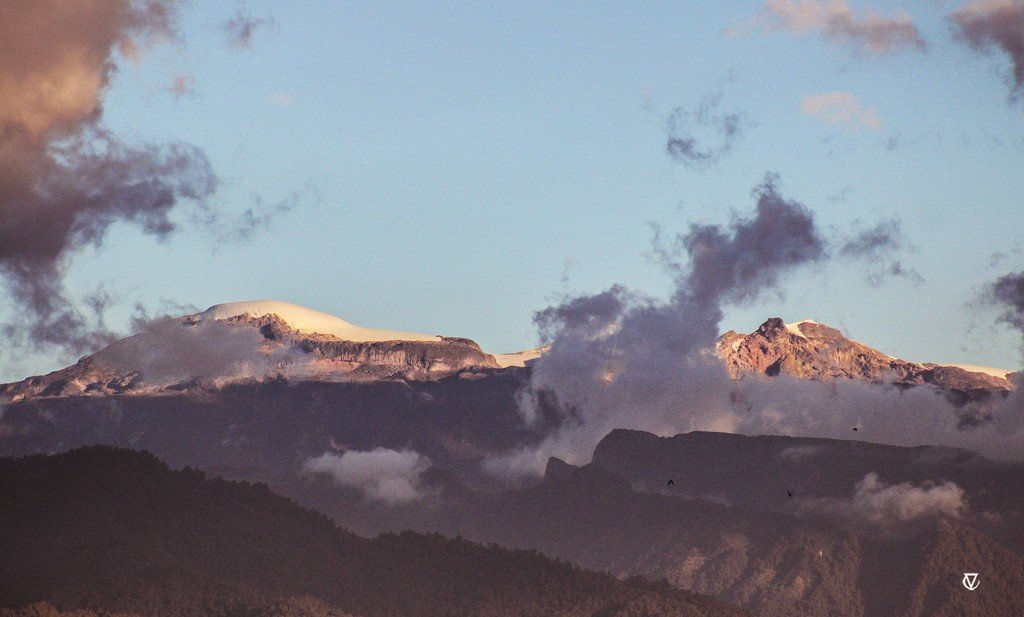
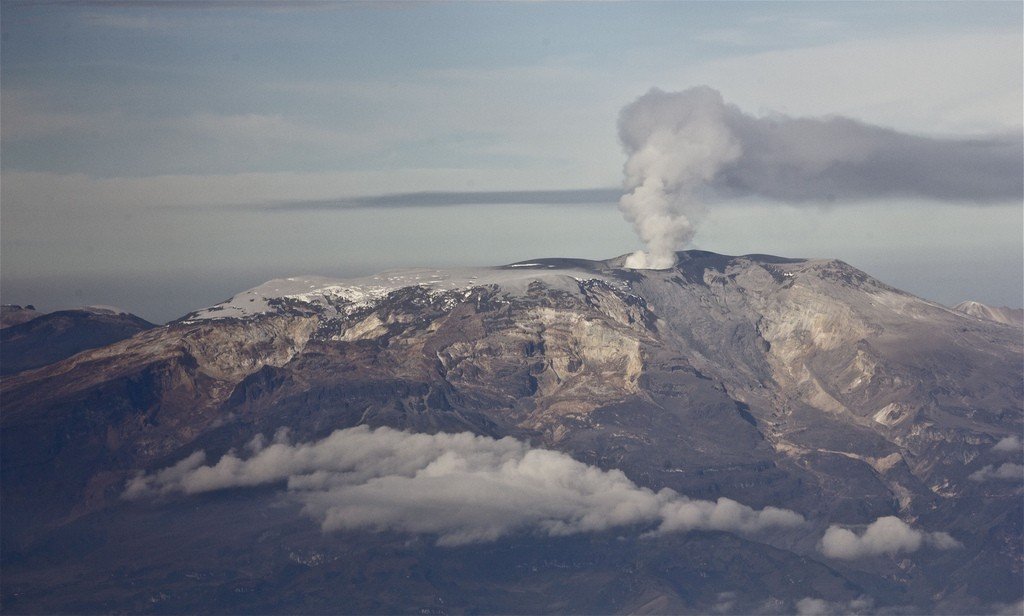
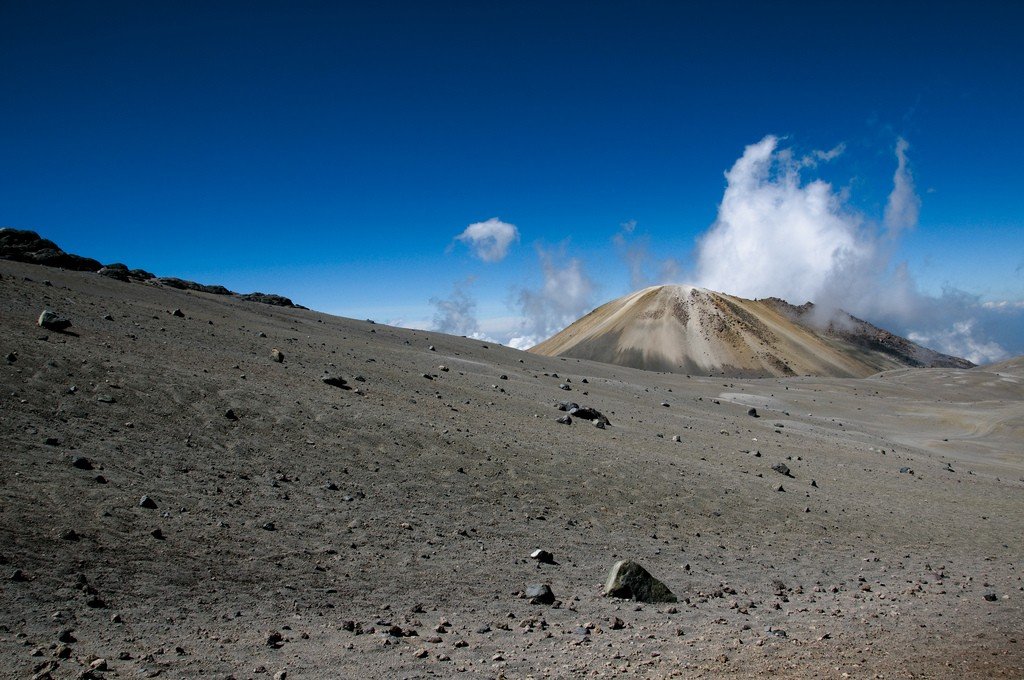
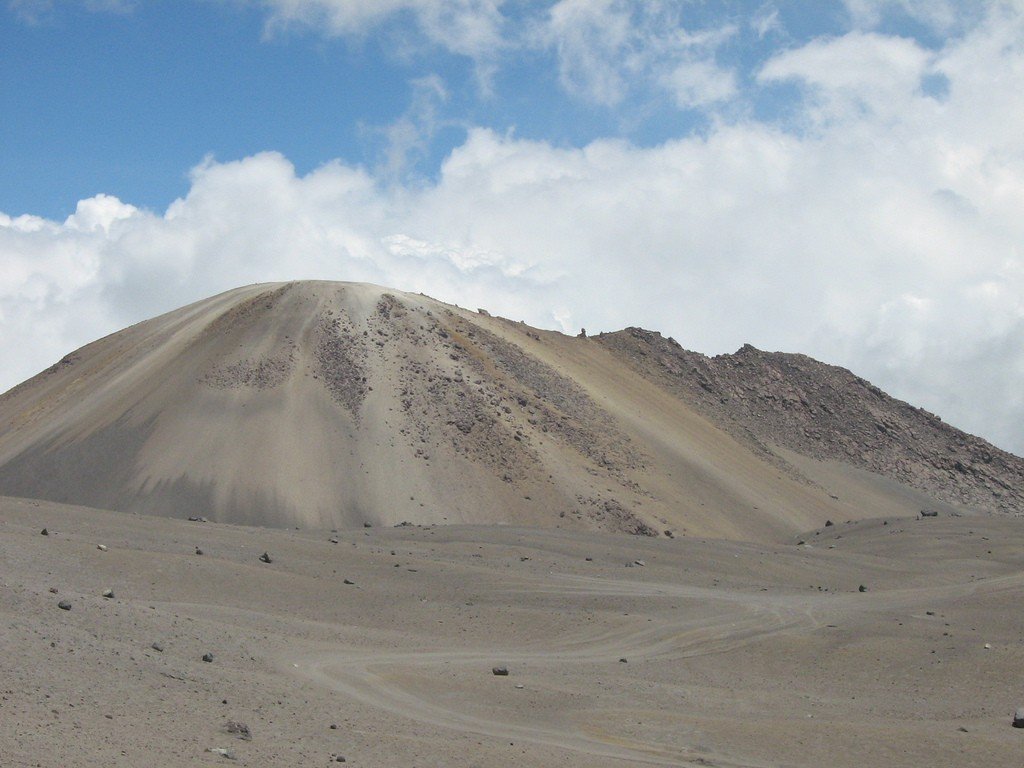
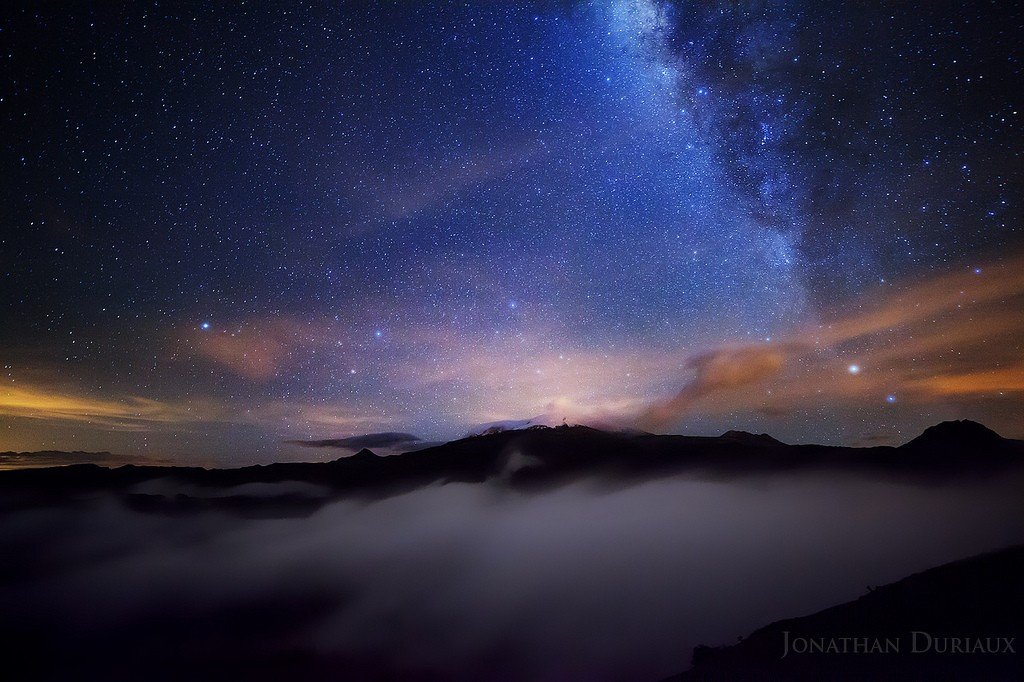
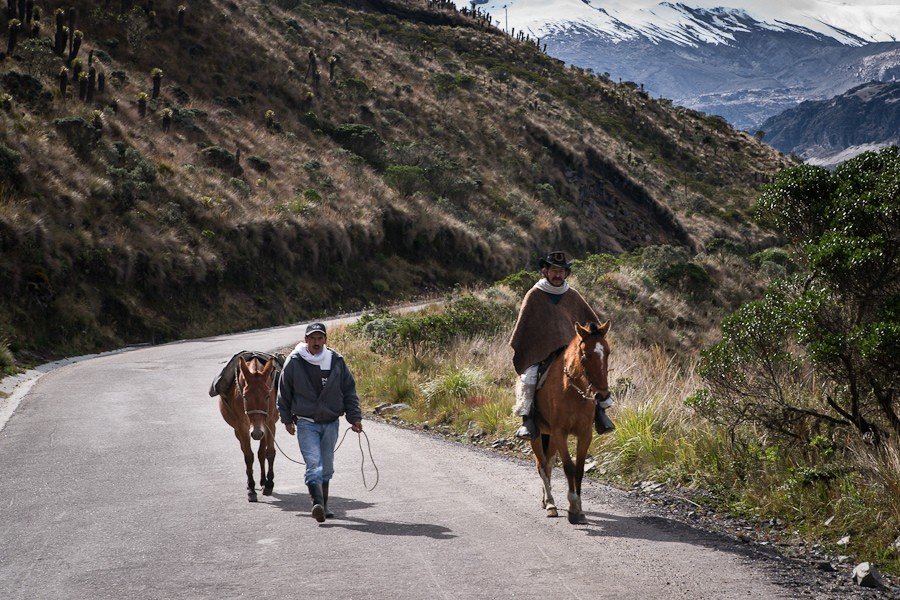
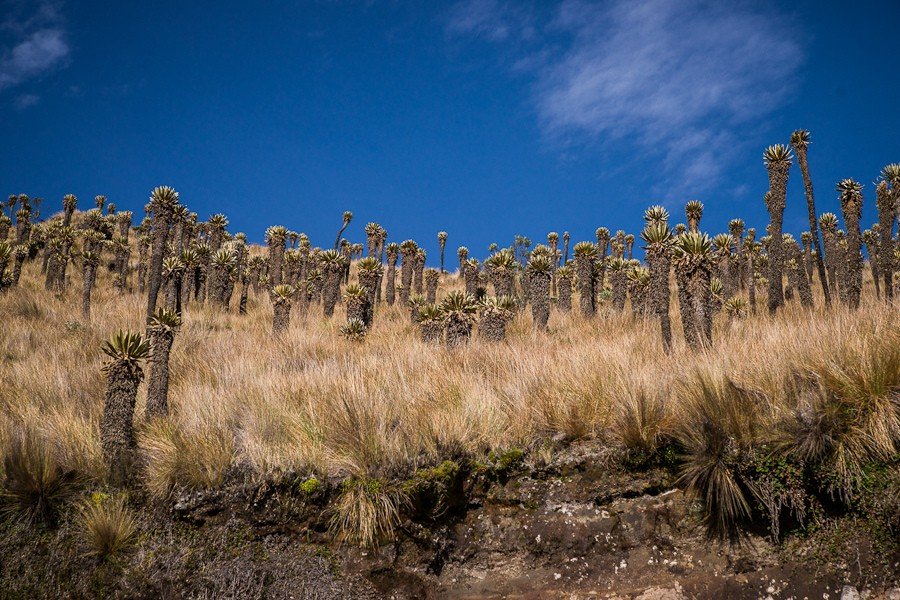
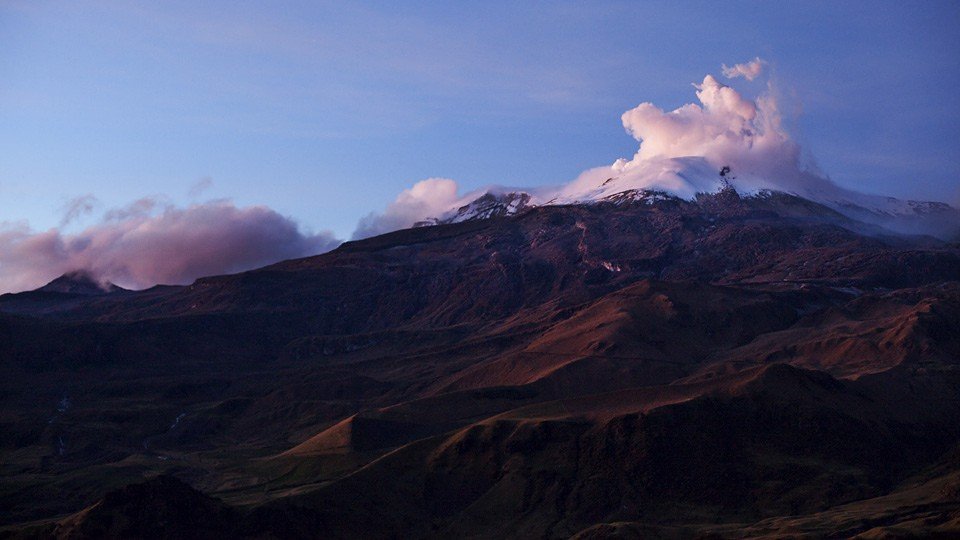
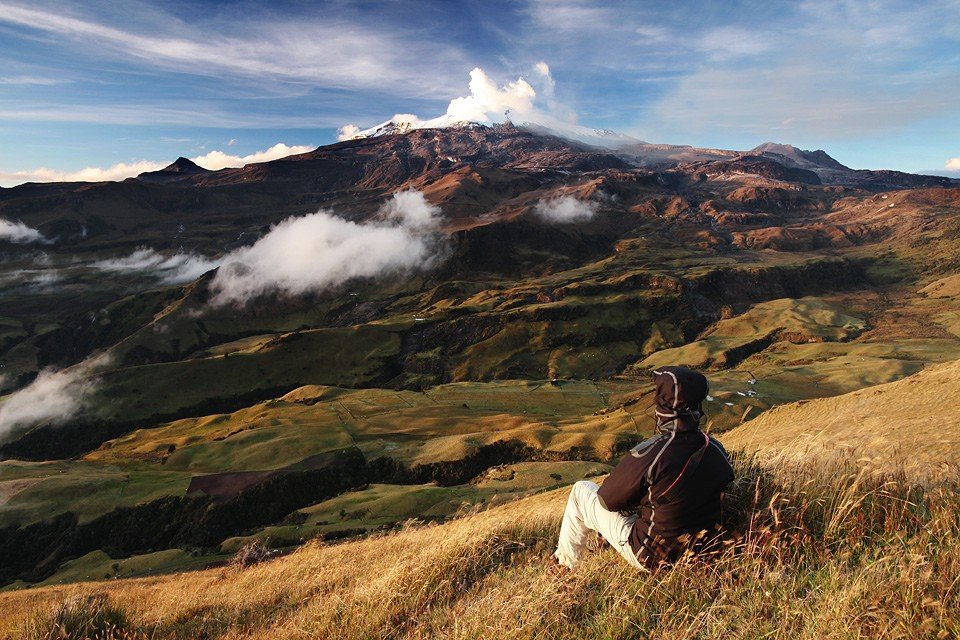
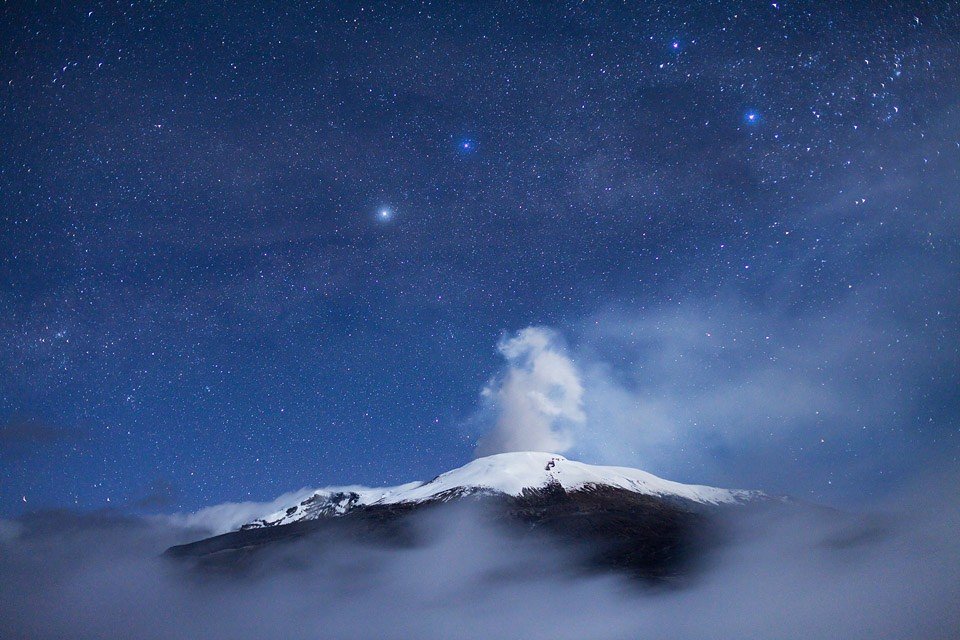
Highlights
The Nevado del Ruiz volcano is located in the mid- and high altitude zones. Temperatures around it range from -3 °C to +14 °C. April and May are considered the rainiest months of the year, and the least rainfall occurs in mid-summer and mid-winter.
.The right cone of the volcano is composed of andesite and dacite lava flows, as well as pyroclastic rocks, which indicates its high activity. At the very top is a crater one kilometer in diameter.
.According to volcanologists, Nevado del Ruiz has been erupting for 2 million years, and the modern cone began forming 150,000 years ago. Deadly eruptions have occurred several times. In 1595, 600 people died during the cataclysmic eruption, in 1845, 1,000 people died, and in 1985, 23,000 people died.
.
The latest tragedy occurred because there was no constant monitoring of volcanic activity until then, and a plan to evacuate people existed only on paper. These days, it is believed that about 500,000 residents of nearby villages and towns are living under the threat of a new natural disaster.
>The tragedy of 1985
Since the first half of the 19th century, the Colombian giant had been silent for 140 years, but in 1985 it suddenly began to erupt. Its crater ejected powerful gas and pyroclastic flows. They melted the ice cap and led to the formation of several mud flows or lahars. The main lahars went eastward, merged and formed a powerful mudflow that covered the town of Almero, which was 46 kilometers from the Nevado del Ruiz volcano. The rushing lahar completely destroyed the town and the disaster killed 23,000 of the 29,000 inhabitants.
.
The material and human losses were enormous. In terms of casualties, the Nevado del Ruiz eruption ranks fourth among volcanic cataclysms known to mankind. The destroyed city was only rebuilt by 1995 and is now home to just over 12,800 people.
.
National Park
Nevado del Ruiz and several neighboring volcanoes are part of the scenic Los Nevados Natural Reserve. It is very popular with tourists. Suffice it to say that more than 50,000 travelers visit the national park in a year.
“Los Nevados” is spread over an area of 583 km², at altitudes from 2600 to 5321 meters. The reserve was established in 1973 to protect the natural landscapes of the Andean volcanic belt, as well as the local flora and fauna. On its territory there are more than 1250 species of vascular plants. Such biodiversity is the envy of a natural reserve in any country in the world! The reason for the large number of species lies in the fertile volcanic soils and favorable climate.
. The animal world of the reserve is also worthy of admiration. Thanks to the reserve regime, spectacled bears, cougars, white-eared possums, northern pudu, oncillas, mountain tapirs and two dozen species of bats have been preserved near Nevado del Ruiz. The surrounding forests are home to many species of rare birds such as parrots, condors and hummingbirds. It is noteworthy that 14 species of birds living here are endemic and are found only on the slopes of the largest Colombian volcano..Tourism opportunities
The area of the natural reserve is very popular with Colombian residents and with foreign travelers. Several tourist refuges have been established here and there are trails for ecotourism enthusiasts. Winter sports are cultivated on the slopes, and Lake Otun is popular with fans of sport fishing, as it is home to introduced trout. Near the borders of the national park, travelers can stay in private hotels and spa resorts.
.Climbs to the summit of the Nevado del Ruiz volcano have been conducted since 1936. As the glaciers have receded, climbing to the top is much easier these days and can be done without special equipment.
.
How to get there
Nevado del Ruiz is 40 kilometers from the city of Manizales and 129 kilometers from Bogotá. From Manizales, tourists get to the natural reserve by rented cars and buses.
.
